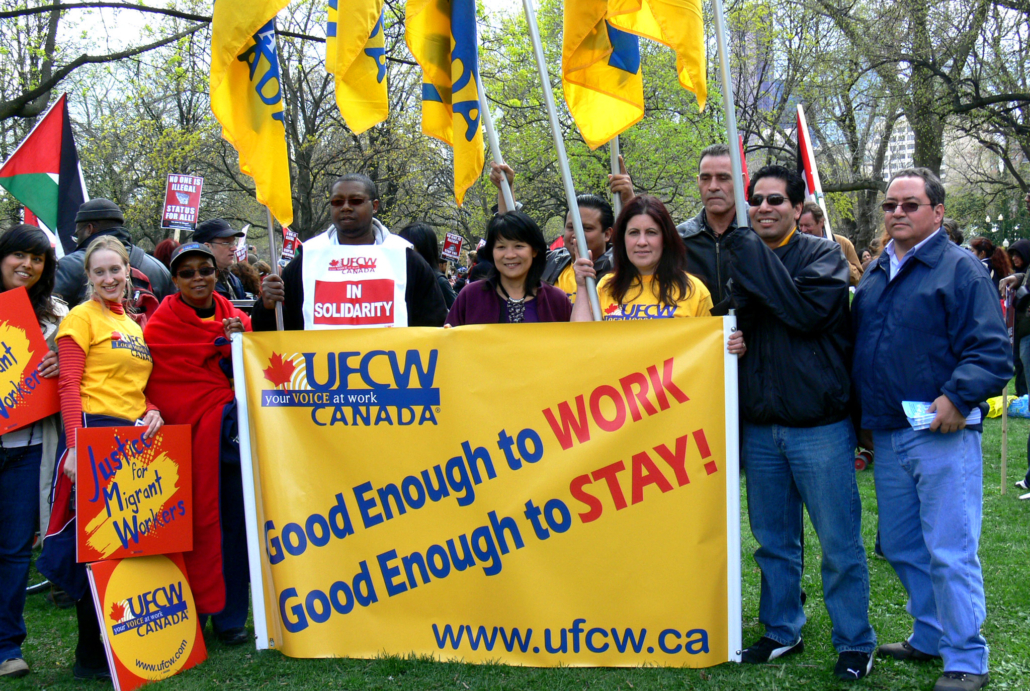The Labor Exploitation of Immigrant Workers in Canada

Every year, Canada welcomes hundreds of thousands of immigrants. Between January and March 2023, Canada welcomed more than 145,330 permanent residents. As more immigrants arrive in the country, Canada keeps improving its ties with other nations, encouraging international cooperation and offering a safe haven to people escaping perilous situations. While the immigration of individuals to Canada yields numerous favorable effects, it also creates a feeling of susceptibility and uncertainty inherent to being an individual in an unfamiliar environment. The prioritization of equitable treatment for workers in Canada, regardless of their background, is of utmost significance, with a particular emphasis on the preservation of principles related to dignity and fairness.
What Does Labor Exploitation Look Like in Canada?
According to the Migrant Workers Centre in the province of British Columbia, the legal definition of labor exploitation is the violation of labor laws, wherein employers treat employees in a way that infringes upon their legal rights. Labor exploitation can take many forms, such as the provision of wages that fall below the legally prescribed minimum, non-compliance with safety protocols and the prevalence of harassment and discrimination.
In 2021, Canada witnessed the arrival of approximately 777,000 laborers, with 39% of this population finding employment in sectors such as agriculture, manufacturing, construction and food processing. The agencies identified several issues pertaining to workers’ knowledge. Firstly, they observed a notable deficiency in the comprehension of their rights. Secondly, agencies discovered that nearly half of workers were unaware of the existence of labor trafficking as a prevalent problem within Canada. Immigrant workers may be vulnerable due to their limited linguistic abilities, social isolation, apprehensions regarding their immigration status and inadequate understanding of Canada’s immigration policies, labor regulations and human rights legislation.
How is Canada Addressing this Issue?
In Canada, the government has implemented several measures since the 2019 consultations to combat labor exploitation in global supply chains. These initiatives comprise various measures, such as the implementation of a ban on the importation of products produced through coerced labor. Furthermore, Canada actively participates as a partner in “Alliance 8.7,” an international collaboration to eliminate forced labor, modern slavery, human trafficking and child labor.
In addition, the Canadian government has implemented the Extractive Sector Transparency Measures Act of 2014 and the Export and Import Rough Diamonds Act of 2002. These legislative measures enforce reporting obligations and promote transparency within the Canadian extractive sector. The Minister of Labour has the responsibility of spearheading the implementation of legislation aimed at eliminating forced labor within the supply chains of Canadian enterprises. Additionally, the Minister must ensure that Canadian businesses operating internationally do not engage in activities that perpetuate human rights violations.
The primary objective of the Migrant Workers Centre of British Columbia is to enhance and facilitate the attainment of justice for migrant workers. This occurs through the provision of legal services, advocacy efforts, research endeavors, public education initiatives and active involvement in law and policy reform undertakings. Through engaging in collaborative efforts with various nonprofit organizations and other parties, the Centre has successfully cultivated a community united by its shared commitment to advocating for the rights of immigrant workers who have experienced labor exploitation or trafficking. The Centre provides assistance to individuals who experience exploitation, while also striving to advance principles of equality and legitimacy within workplaces throughout Canada.
Concluding Thoughts
Based on the most recent Report on the Status of Migrant Farm Workers in Canada, business utilization of migrant workers is growing in Canada. This trend has resulted in a rapid deterioration of existing safeguards, which were already insufficient, aimed at protecting these workers from exploitation. Ensuring a seamless transition and safeguarding newcomers from exploitation in their workplaces are crucial considerations as they arrive in Canada. The manifestation of poverty in Canada is exemplified by a heterogeneous demographic, with certain segments experiencing a greater impact of poverty, particularly individuals who have recently immigrated to the country.
Labor exploitation is a pervasive phenomenon that occurs throughout the nation, exacerbating the precarious circumstances of individuals who are already in vulnerable situations. The Canadian government’s implementation of workplace policies is of paramount importance to ensure equitable outcomes and prevent individuals from experiencing marginalization or exclusion. It is imperative to ensure that Canadian newcomers, particularly those experiencing poverty, are not subjected to excessive workloads, inadequate compensation and degrading treatment in the pursuit of their livelihood.
– Valentina Ornelas
Photo: Flickr
